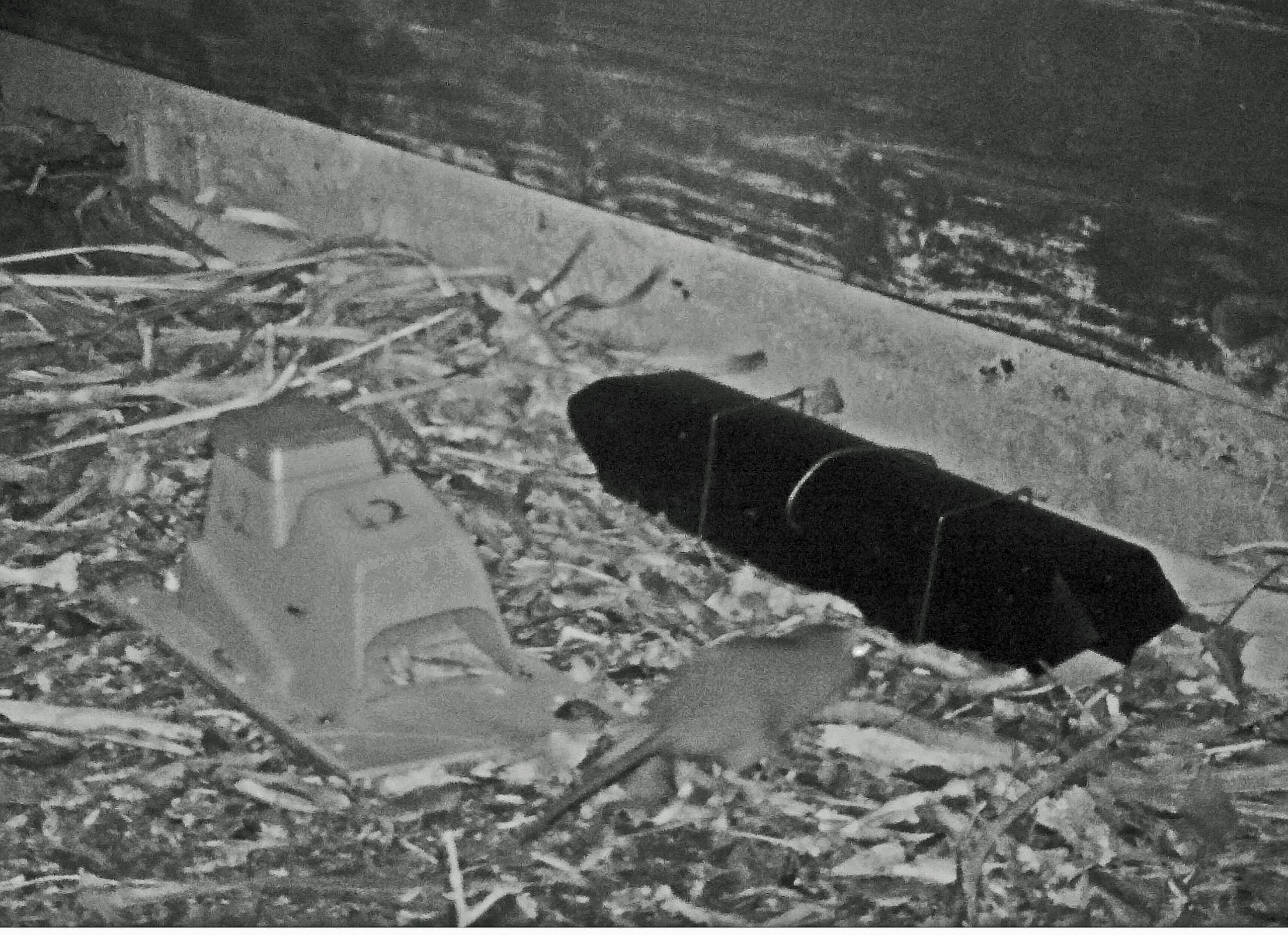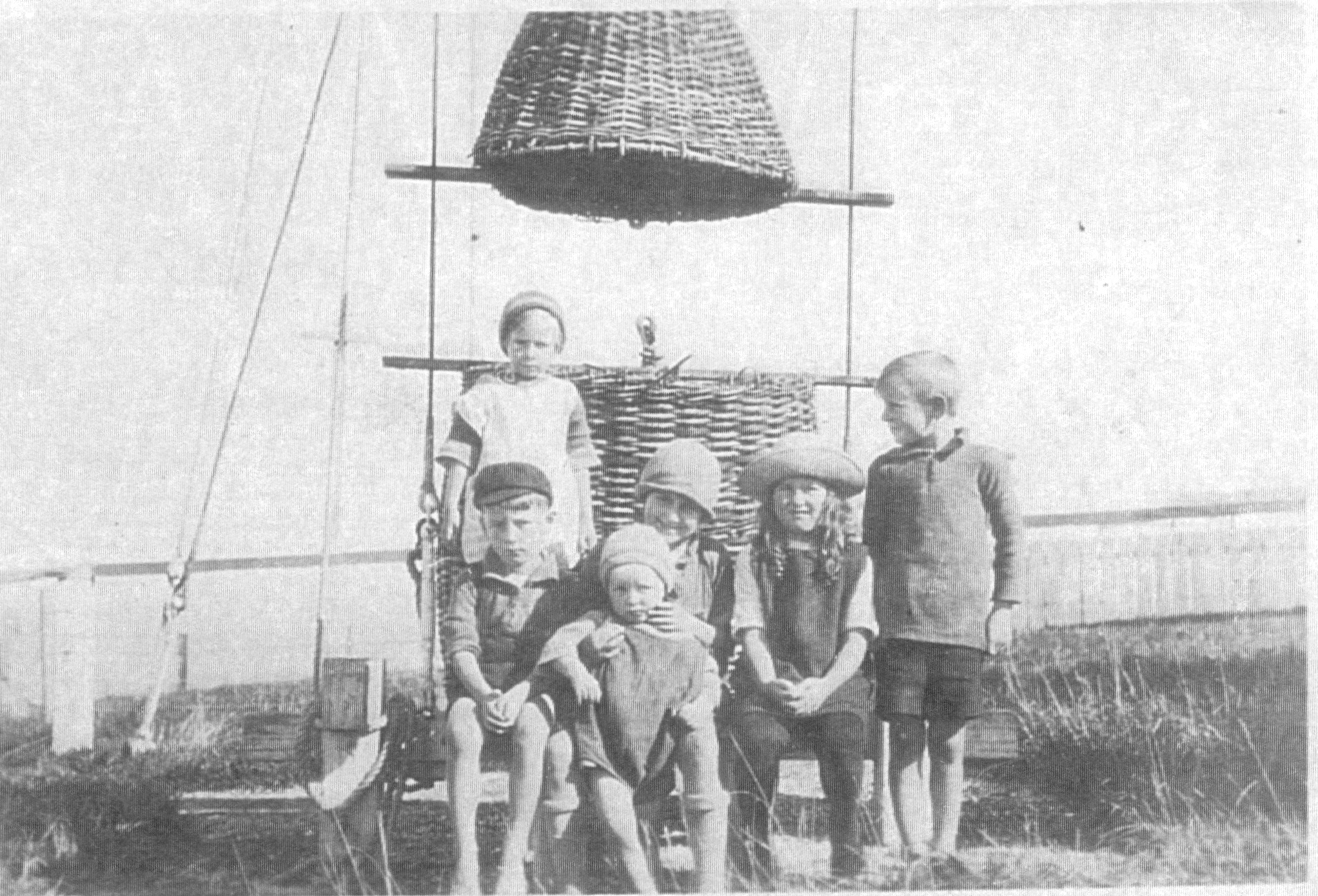From the Dawn Chorus Archives: Rat tracks at Hobbs Beach spark huge effort to catch invader
Rat tracks at Hobbs Beach spark huge effort to catch invaderFrom the Dawn Chorus ArchivesEditor: Jim EaglesDate: Dawn Chorus 112 February 2018Photo credit: DOC and Karen O'SheaTwo huge rodent hunts have been carried out on Tiritiri over the past three months (end of 2017 and start of 2018) to preserve the rodent-free status the Island has enjoyed since 1993. Late last year a visitor reported seeing a mouse and sparked off a search which found nothing. Then early this year the discovery of rat tracks near Hobbs Beach led to an even bigger operation. The rodent saga began on 9 November when a visitor from the US told shop volunteer Chris Eagles he had seen a mouse on Ridge Rd and later repeated the story to relief ranger Dave Jenkins. It was sufficiently convincing for the Department of Conservation to send a rodent dog to check and it smelled something interesting in the area of the sighting. As a result, DOC set up a detection zone in a 200m radius around the site and blanketed it with devices 25m apart. These included 300 mouse traps, 500 tracking tunnels with ink pads to record the footprints of anything walking through them and 200 chew cards to record teeth marks. In addition, the permanent rodent control network, which has hundreds of traps and tunnels set up at 50m intervals around most of the tracks on the Island, was checked more regularly. Two…
If only we could re-live those days
If only we could re-live those daysAuthor: Mrs Dora Walthew (nee King)From the Supporters of Tiritiri Matangi archives. We think it was written in the 1980sIt was the year 1934 and the island sat like a bright green jewel, in the blue waters of the Hauraki Gulf – approximately 16 miles from the port of Auckland, which nestles beyond the massive bulk of Rangitoto, guardian of the harbour entrance. The island was fringed with the bright red blooms of the pohutukawa trees, growing from the cliffs edges and along the rock foreshore. On the highest point of the island, stood the lighthouse. A 60 foot construction of steel sections, bolted together with a strong beaming light which flashed warnings to the shipping, entering either of the two passages to Auckland. Two keepers’ homes were built on the flatter sides of the hill and another house of superior construction was built further over, close to the cliff edge. (Where the bach is today). This was the home of the head keeper. Large concrete tanks were constructed alongside each home, for the island dwellers depended on every drop of rain that fell for their water supply. With various sized implement and storage sheds and a stable to keep chaff and oats for the station horse, there was quiet a community of housing. A large red gate connected to a seven wire fenceline, running the width of the…


